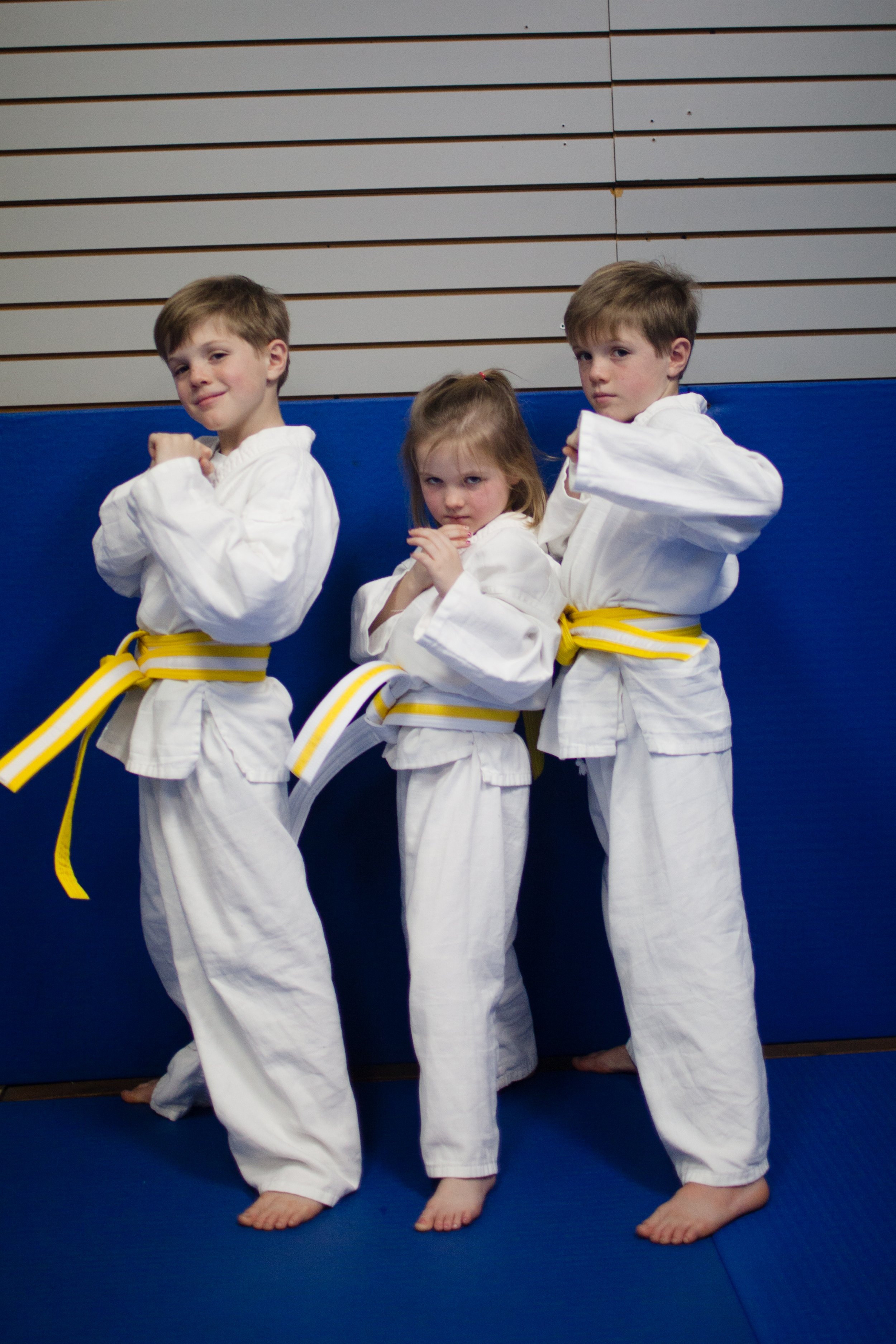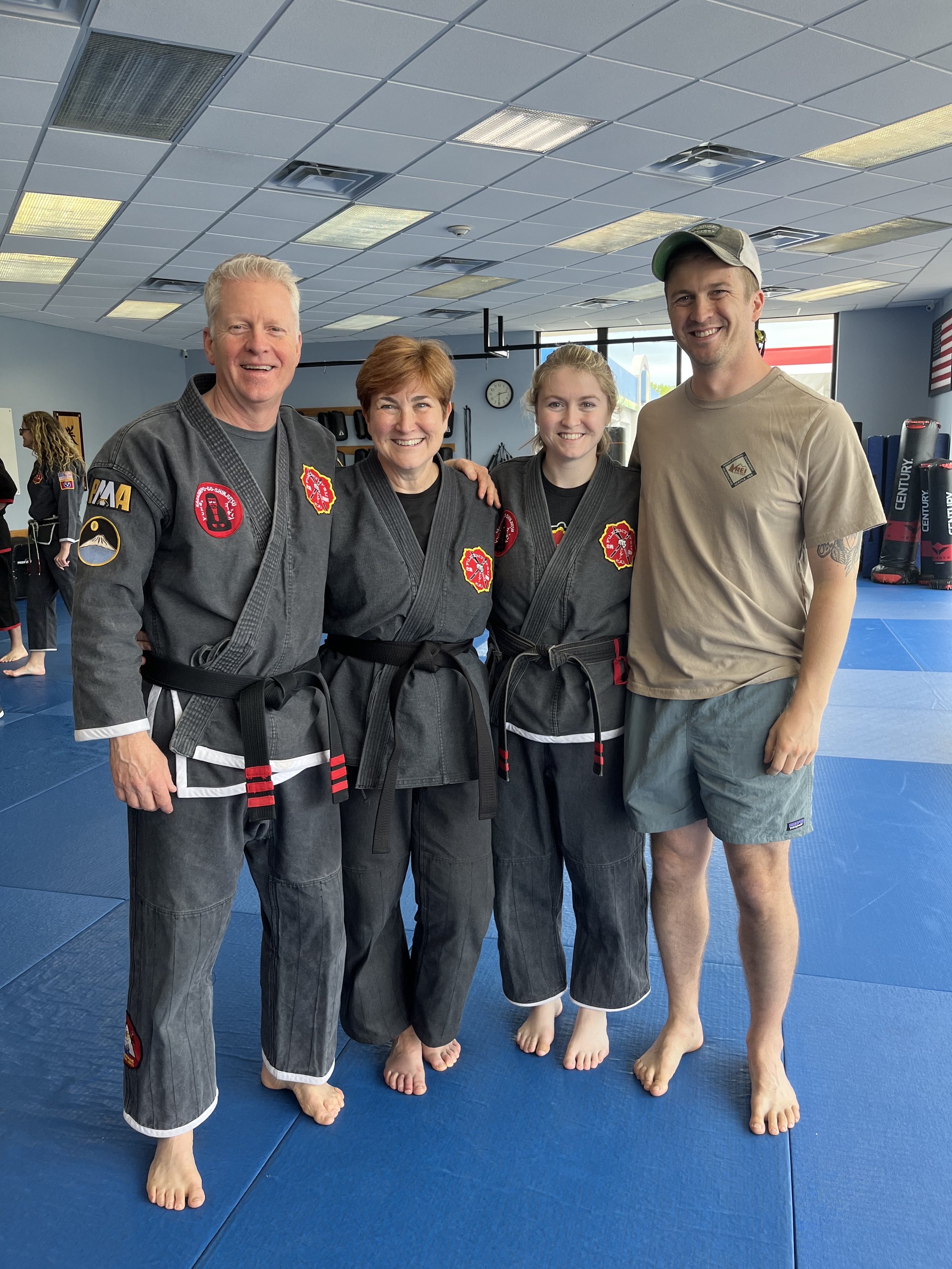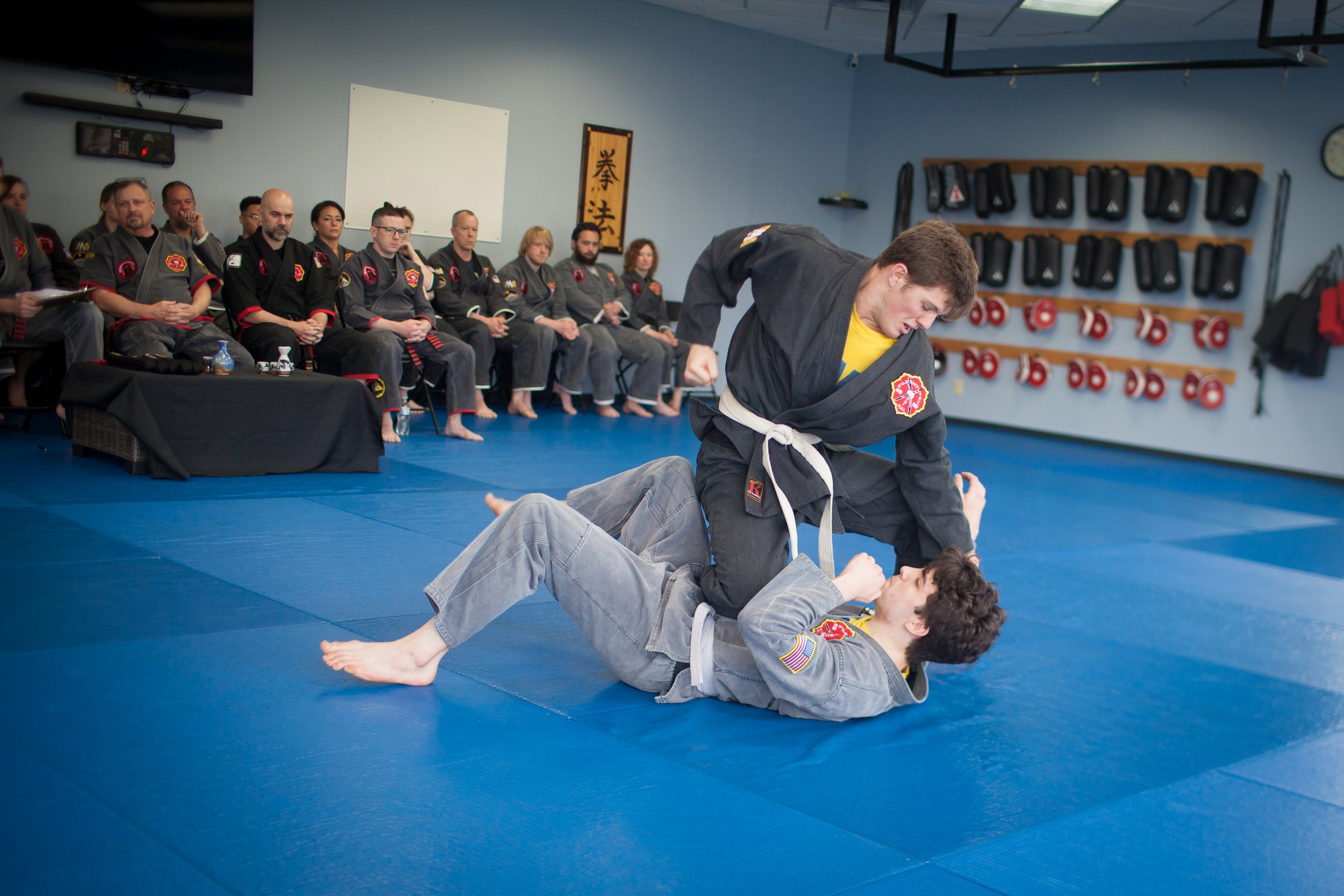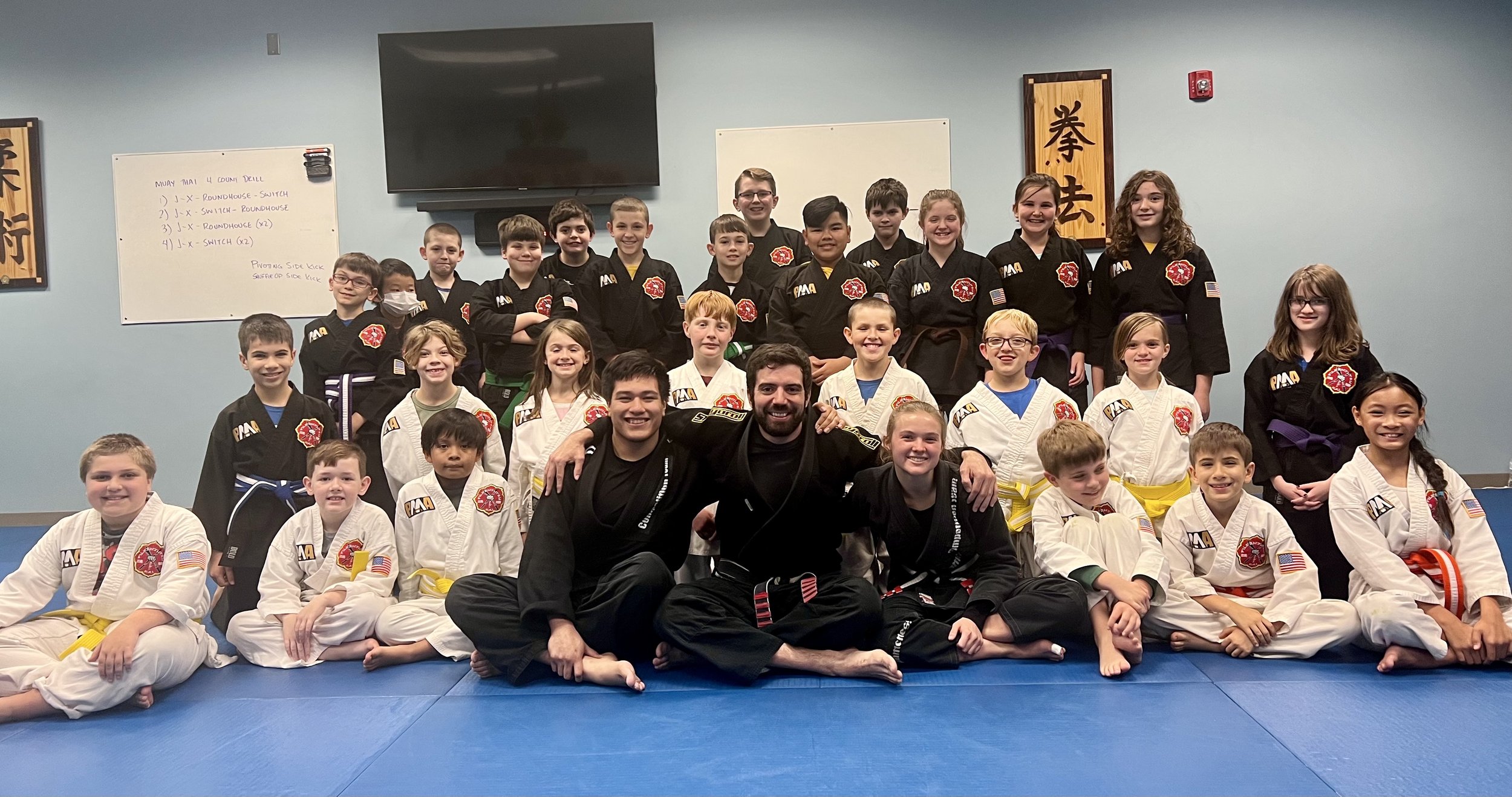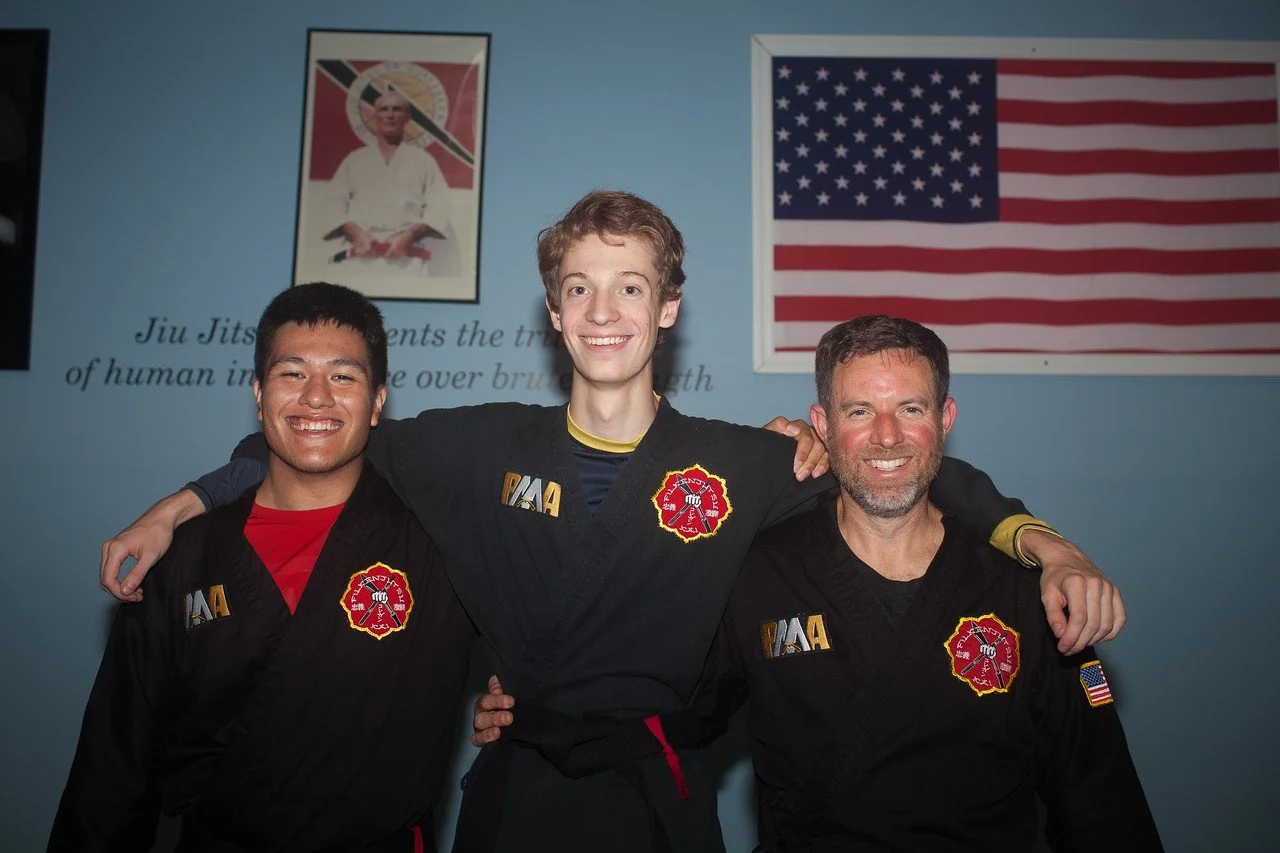Grand Opening Week
It’s time to announce the grand opening plans for our new academy! For those that somehow haven’t heard yet, Progressive Martial Arts Academy in Oak Ridge, TN is moving to a new location - 1375 Oak Ridge Turnpike. This is the former Verizon Wireless building next to Starbucks and Staples. We are currently getting the new dojo ready and are excited to announce the grand opening plans today.
The current plan is to begin holding classes at the new school on Monday, February 20, 2023. The class schedule will remain the exact same, just plan on coming to the new dojo starting Monday the 20th. We will hold normal classes all week long, all leading up to a big grand opening celebration on Friday, February 24 and Saturday, February 25! Check out the schedule below and be sure to read about the Grand Opening Contest below the schedule!
Here’s the Grand Opening Weekend Schedule:
Friday, February 24:
New Dojo Ribbon Cutting Ceremony - 12 PM
Friday Night Bag Workout and Potluck Meal - 5-8 PM
We will have a 12 Round Workout at 5 PM that is open to the public. Bring some friends along and let them come see your new academy! Bring a dish to share, as after the workout we will all hang out and eat together. The workout is open to ages 13 and up, and all ages are welcome to come to the potluck meal!
Sign Up Here
Saturday, February 25:
Free Lil’ Dragons Class (Open to the public!) 10-10:30 AM
Bring your Lil’ Dragons and tell them to bring some friends! We will be teaching a Lil’ Dragons martial arts class for ages 4-7 open to the public! This is a great chance for new students to try out a class in a group setting if considering joining our academy. Grand Opening Weekend will be the last chance to join our academy at the “Old School” tuition rate. Our new tuition rates will begin for new students on Monday, February 27, 2023.
Current students should wear gis and belts!
Sign Up Here
Free Juniors Class (Open to the public) 11-11:45 AM
Bring your Juniors and tell them to bring some friends! We will be teaching a Juniors martial arts class for ages 8-12 open to the public! This is a great chance for new students to try out a class in a group setting if considering joining our academy. Grand Opening Weekend will be the last chance to join our academy at the “Old School” tuition rate. Our new tuition rates will begin for new students on Monday, February 27, 2023.
Current students should wear gis and belts!
Sign Up Here
Saturday Lunch - Food Truck
FILKENJUTSU Kenpo Seminar with SiJo Bruce Corrigan - 2-4 PM
Kids Brazilian Jiu Jitsu Seminar with Professor Felipe Costa - 5-6 PM
Kids and Teens ages 6 and up are invited to come train with Brazilian Jiu Jitsu world champion, Professor Felipe Costa!
No experience required
Cost is $45 - 1st child, $30 - siblings
Teens attending the adult seminar can attend the kids seminar for free
Sign Up Here
Brazilian Jiu Jitsu Seminar with Professor Felipe Costa - 6-8 PM
Come train with Brazilian Jiu Jitsu World Champion, Felipe Costa!
Ages 13 & up welcome
Cost is $60, $40 for additional family members
Teens attending the adult seminar can attend the kids seminar for free
Sign Up Here
Rolling Session - 8-8:30 PM
Brazilian Jiu Jitsu Students are encouraged to stick around after the seminar for a rolling session
PMA BJJ Students, Ages 13 & Up Welcome
Prize Drawing - 8:45 PM (See Contest Details Below - you do not have to be present to win)
Who’s Number One Viewing Party - 9 PM - ???
Grand Opening Contest
To build excitement for our new academy, celebrate our awesome students, and give an incentive to bring in your friends to fill up some of the new space that we will have at the new school, we are going to have a Grand Opening Contest! Students earn entries into the contest by doing the actions listed below. Then prizes will be drawn on Saturday night of Grand Opening Weekend and streamed live on Facebook! You do not have to be present to win.
Anyone that joins PMA from now through February 25 will get the “Old School” Tuition Rate of $160/$105/$80. Tuition increases for new students on Monday, February 27 to $180/$120/$90.
Ways to Earn Entries:
Attend Any Class between Monday, February 6 and Thursday, February 23 - 1 Entry
Refer a Friend (Intro Lesson) - 5 Entries (Unlimited)
Friend Joins PMA - 25 Entries (Unlimited)
Attend Ribbon Cutting Ceremony on Friday, February 24 at 12 PM - 5 Entries
Attend Any Grand Opening Weekend Class (2/25-2/26) - 5 Entries
Bring a Friend to a Grand Opening Weekend Class - 5 Entries
Bring a Dish to Friday Night Bag Workout and Potluck - 5 Entries (1 Each)
Buy A Meal at the Penne For Your Thoughts Food Truck - 5 Entries (1 Each)
Leave a Review on Facebook or Google - 5 Entries (1 Allowed for Each Site)
Post a Picture on Social Media at PMA (be sure to tag us and you or your family have to be in it!) - 1 Entry (1 Allowed Per Day)
Fill Out a PMA Coloring Sheet - 1 Entry (1 Allowed Per Student)
Prizes to be drawn on Saturday Night at 8:45 PM
Prizes:
1 Private Lesson with Each of the Following Instructors:
- SiFu David Corrigan
- SiFu Terry Alcorn
- Sempai Matt Thomas
- Sempai Gary Hall
- Sempai Brittany Corrigan
- Sempai Kristie Fox
- Sempai Jessy Heidle
- Sempai Maggie Fox
- Sempai Eric Ridenour
- Sempai Rodrigo Torres
1 Health and Fitness Consultation with SiFu David
1 Pie Sempai Rodrigo in the Face
1 Semi Private 2 Hour Seminar with SiFu David (up to 8 people, topic of your choice)
Plus a variety of other items that may be added to the prize pool between now and Saturday, February 25th!
We are so excited to show you what we’ve been working on. Let’s have a great last couple of weeks at the old school! The grand opening will be here soon!
David Corrigan, Owner/Chief Instructor, Progressive Martial Arts Academy

